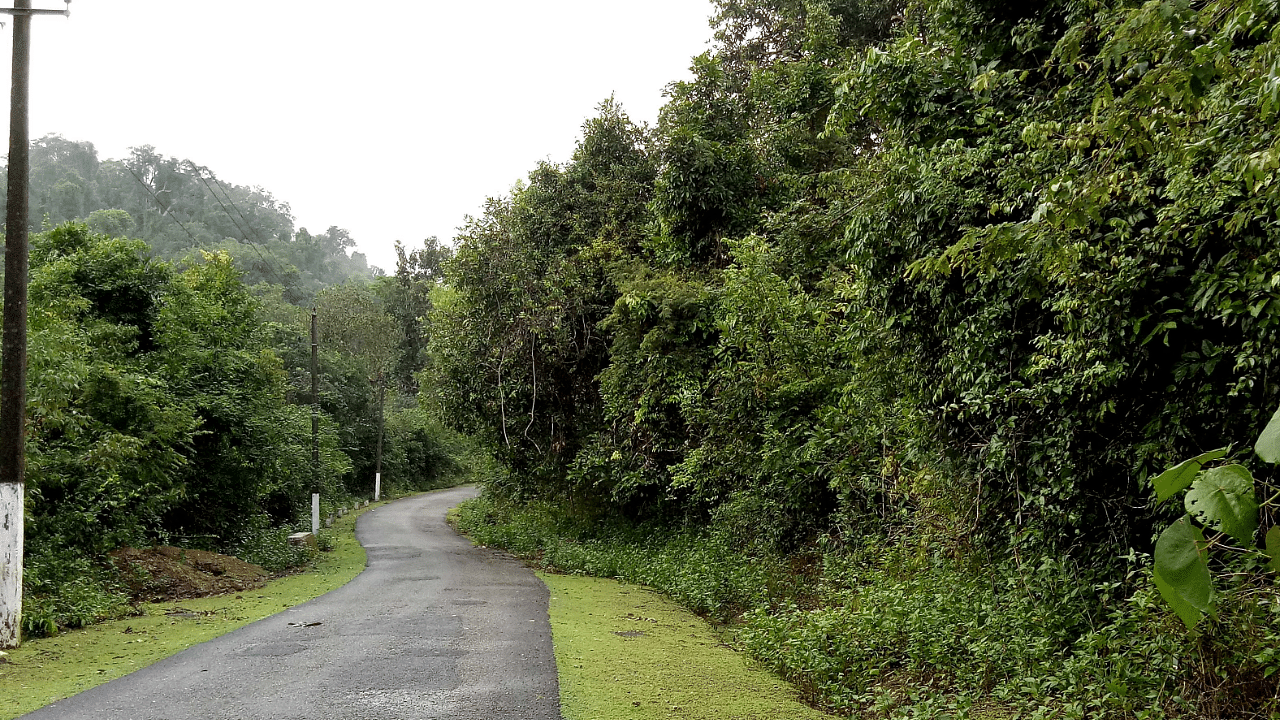
Formal laws to govern societies and resources were drawn up since the time modern humans started to settle abandoning their hunter-gatherer, nomadic lifestyle. Laws, both formal or informal, were key for the betterment of the society and some had to be modified or cast away as they were detrimental to people, or due to the metamorphosis in the way societies were governed.
As societies became more structured and the larger interest of people became central to governance, laws were amended. Though child marriage, sati and other rituals were practised based on informal laws, they were let go as society found them to be inhuman. Similarly, over the centuries, laws to protect nature have been put together as governments/people saw the critical need of saving nature. India has been at the forefront of such initiatives. In recent times, one of the important laws in this direction is the enactment of The Forest Conservation Act 1980 (FCA).
The FCA was brought in through an ordinance to save forests in 1980. Till then, forests were a de facto state subject. The forest was put in the Concurrent List as part of the 42nd Amendment to the Constitution highlighting that the Central government took the preservation of forests as an extremely serious issue. Now the Central government has circulated a broad note to receive inputs from government agencies and all concerned to amend the FCA. Though this is not the draft law, which will come later, the government would decide based on the inputs received on the circulated note.
One of the key arguments for the proposed amendment is the ‘resentment’ from railways, roads and highway ministries. But a cursory glance at the data by The Legal Initiative for Forest and Environment, a Delhi based civil society, reveals a different picture. In the year 2018, the Ministry of Environment, Forests and Climate Change considered 277 proposals for diverting forest land for linear projects (roads, railways, transmission lines and pipelines), and only one project was rejected. The scenario was no different in 2019 and 2020. Of the 490 proposed projects, only three were rejected. In Karnataka, during 2020, 63.1 per cent of the forest land diverted was for linear projects. So, how has the FCA been an impediment to development, especially of roads and railways? Hence, proposing to keep linear infrastructure projects outside the ambit of FCA and giving powers to the state government to approve such projects will be against the spirit of bringing forests under the Concurrent List.
Another highlighted pinch point for the proposed amendment is the argument that unutilised land that was given before 1980 has regenerated as forests and now requires clearance under FCA for project expansion. Hence, such projects must be kept out of the purview of FCA. Irrespective of when the land was diverted, either new or expansion of projects will further fragment wildlife habitats and have cascading effects on wildlife, and humans in the longer run. Over the years, advancements in technology and economic changes have brought in higher pressure on forests and wildlife. For instance, India’s passenger vehicle density doubled in five years by 2020 and this growth is going to increase further but our forests cannot burden this load.
Trees Act
The other projected logic is that people are unwilling to allow natural growth on private lands as it would attract FCA. However, it is to be made clear that FCA does not apply to cut trees which comes under the purview of the Preservation of Trees Act where permission is provided by the Forest Department. In Karnataka, many commonly grown, harvested tree species (silver oak, rain tree) do not even require such permission. The FCA is only about diverting land and not about cutting trees. In 2011, Karnataka initiated the Krushi Aranya Protsaha Yojane to provide incentives to plant and nurture trees by farmers and the public. In the year 2020-21 alone Karnataka earmarked Rs 23.69 crore as incentives under this initiative. If growing trees would attract FCA, why would the government provide incentives to grow trees on private lands?
A major loophole in the proposed amendment is the diversion of forestland for a category termed as ‘etc’. This is ambiguous and open to misdirected interpretations as any activity can be brought under this category to divert forestland. The aim and objective of the FCA was to protect forests. The proposed amendment note does not highlight the concern of deforestation but argues for further destruction of our natural heritage. Even now the FCA does not prevent diversion of forestland for developmental activities but just acts as a speed breaker where there is scope to suggest mitigation measures and find alternatives.
As forests cannot absorb exponential growth, we need to look at alternatives not just in the interest of wildlife or nature but also from the perspective of water security and climate change which will directly impact human lives. According to Global Forest Watch, in 2020 alone India lost a whopping 3,26,180 acres of its natural forests which consist less than 10 per cent of our geographical area. While the 2010-2020 decade saw a natural forest loss of 16 per cent in the country.
How will we achieve the goal of having a forest cover of 33 per cent if we continue to divest more and more natural forests? Plantations have limited ecological value and cannot replace the complex system of natural forests. With the current population growth and the demand for land, we can only see more land utilised for urbanisation, industrialisation, agriculture and developmental projects. In this background holding our natural forests to our chest is the key strategy for non-human and human survival beyond the 21st Century.
(The writer is the author of Leopard Diaries: The Rosette in India; he has worked extensively on conservation issues over the last three decades)